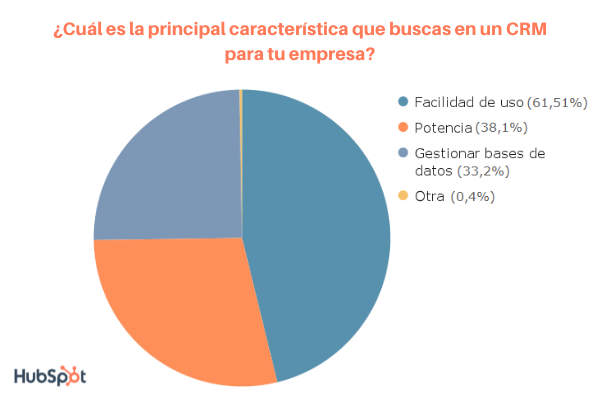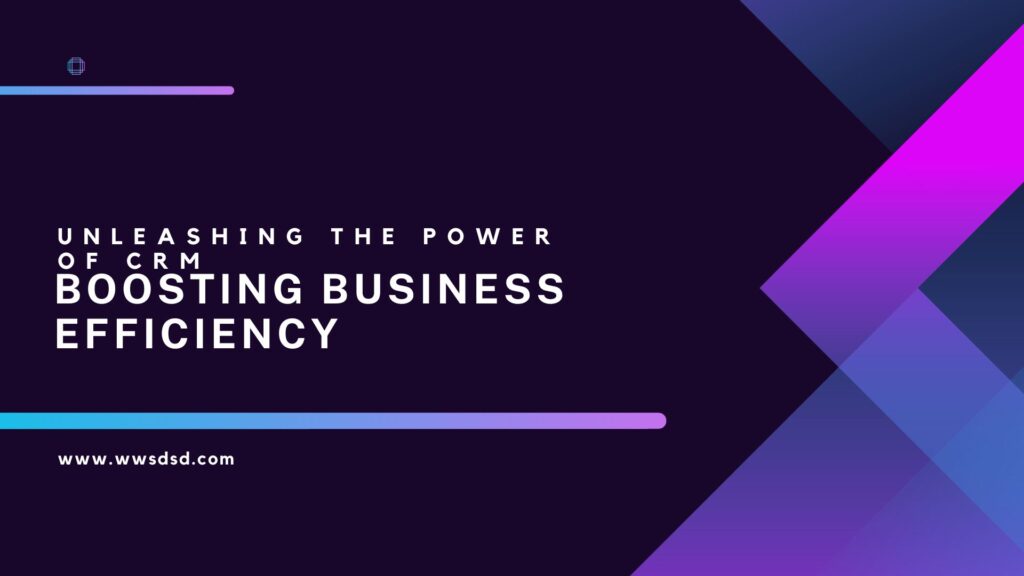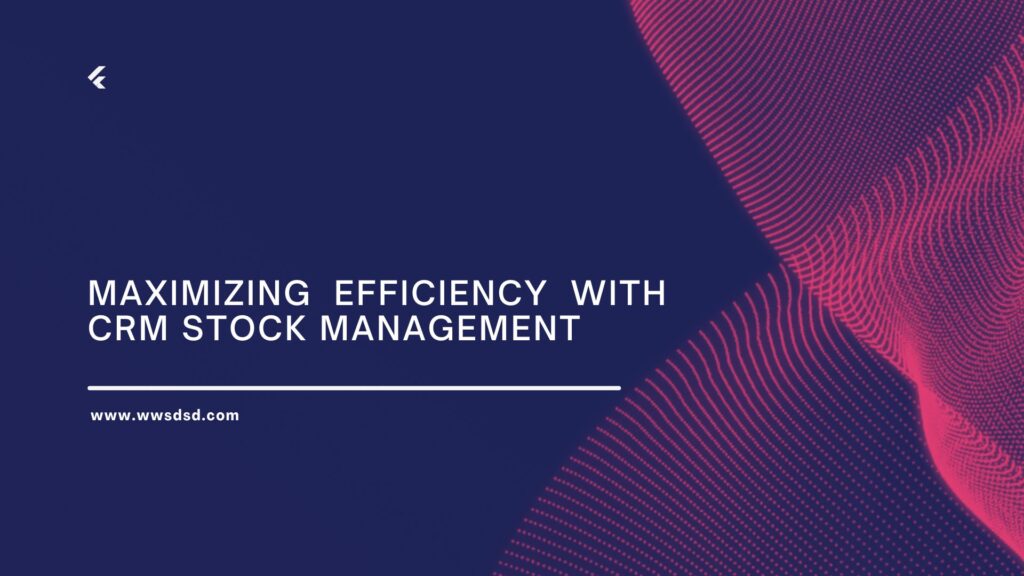Although not so long ago generations could live without the Internet, technology and digital tools quickly became key elements of all human activities, whether for communication or making work a more effective and easier process.
If you work within a company, it is most likely that you have already incorporated the use of these tools into your routine, and perhaps among them is a CRM. However, it is understandable that you have not yet mastered it perfectly, or that you have not had the opportunity to become better acquainted with it. That’s why we want to share with you some of the tasks you can carry out; so you can explore and take advantage of its full potential.
Remember that a CRM is software that works as a customer relationship manager (in English: Customer Relationship Manager, hence its acronym) in three important stages: sales, marketing and customer service . With a CRM, databases are created to analyze the behavior of leads and clients, with the intention of anticipating their needs and better understanding audiences.

Thanks to a survey we recently conducted in 2021 in Chile, Colombia, Mexico and Spain, we found that many companies use a CRM to manage their customer base : just over 50% of those who responded to the study indicated this, while 46 .30% said they relied on Excel documents. If you belong to the second group or do not use any tools, we want to tell you that you are missing out on many benefits.
So we are going to share with you everything you can do with a CRM. This way you can get to work to get to know him better.
7 activities that can be done with a CRM
1. Track expenses and create and manage reports
One of the advantages of CRM is that all information is stored in a single place, where data is updated automatically as new information is entered. No more copying Excel cells or creating new formulas to recalculate numbers: this software takes care of the most complicated stuff.
So you can have much more efficient and error-free management of the expenses incurred in the areas involved with sales, marketing and customer service. It will be easy to track where the money goes, how it is invested, how much of it comes back into the company, and therefore understand what is working and what needs to be eliminated or optimized .
That way, you will create very useful expense reports with up-to-date data.
2. Manage employee benefits and performance reviews
Your CRM is a tool that all your collaborators use to record and track leads, purchasing processes, after-sales service, among others, so their activities are saved in one place. For those in charge of the teams this will be important, because it offers a window in which it is possible to know the good work that their staff does and the results they achieve.
On the other hand, it is a more impartial and objective way to decide the bonuses and rewards they deserve, since you obtain direct information that translates into numbers: sales, conversion rates, number of loyal customers, tickets resolved , etc.
3. Manage projects, track schedules and organize resources
At the same time, a CRM allows you to have at hand the data of what is needed to carry out a new project (a marketing campaign or the implementation of a sales strategy, for example), the time that is planned occupy to achieve their goals and the way in which resources are allocated.
It is a way to make the process more transparent, because it is possible to indicate who is responsible for which task, what they are expected to achieve, and the time they must invest to do it. And it must be effective, because there is a way to follow up on time and detect details that should be modified or adapted.
4. Store data and customize relationships
One of the things that customers prefer to avoid is the repetition of information: it is frustrating to contact a company to find out the progress of a purchase and have to give the same information every time someone answers the other side. With a CRM you can avoid this failure in the flow, because your customers’ data is up to date: when they made their purchase, when they contacted customer service for follow-up, what they responded to, how much time has passed since then and more.
And therefore, it is also easier to classify customer needs according to the stage they are in . That means you’ll know who to reward for loyalty, what kind of incentives to offer to people who haven’t yet become repeat customers, and what it takes for a lead to be a satisfied customer, from resolving a problem to shipping. of critical information.
5. Analyze marketing efforts
With the functions of a CRM it is possible to know the impact that advertising and communication have on audiences, since it is easy to manage email marketing campaigns, the performance of the forms on your landing pages and the calls to action for your downloadables , such as guides or explanatory videos.
You will discover which content is the most successful, to replicate, and which needs adjustments, as well as the way in which the evolution of your clients is reflected in their actions as their needs change . That is also information and will help you adjust your future strategies.
6. Facilitate the workflow between different areas
Eliminating divisions and information silos between areas is one of the most important actions you can do. Previously, each department was considered to operate independently, which meant that projects and their results were reserved only for its members. Time has shown that this can hinder the growth of the company, and that communication between all its areas brings benefits.
For example, what marketing does is key for sales, which in turn must report to customer service, which is urgent to promptly follow up on people’s requests. At the same time, human resources must know what strategies their employees are involved in, because this ensures that they have the appropriate tools, the bonuses that correspond to them, and whether it is advisable to make more hires to cover the fronts.
A CRM keeps this type of information in a single space, where those who collaborate in each team can go, so that everyone is on the same channel when it comes to making efforts.
7. Boost sales
All of these activities help achieve a common goal: improving sales of the company’s product or offering. The efficient use of information allows you to better understand what your customers are looking for, even getting a little ahead of their first steps, because the key data is already collected, organized and classified by your CRM: where they are in their lives, What was the reason they approached your solutions, how many problems you help them solve, where you can improve your offer, among other things.
Since you are based on real and verifiable information, you acquire supported knowledge that will help you make better decisions with a lower range of error . This translates into better strategies, more personalized attention, satisfied customers and, of course, increased sales.

Of course, all of these activities are possible thanks to the most basic function of CRM, which is the creation and management of the customer database. A big reason why more than a third of our respondents (33.20%) said it is the feature they are looking for in a CRM in their company. But, as you already saw, it is just the tip of the iceberg.
For this reason, and with the idea that you do a great job, we give you some tips that will help you take advantage of CRM, regardless of the size of the organization in which you collaborate.
7 tips to make better use of your company’s CRM
1. Adopt CRM that adapts to the company
One thing is clear: companies of any size can benefit from a CRM. That said, it is important to choose one that has the functions that each organization needs, especially if it is the first time you have contact with this type of software.
There are many options that, although they are paid, offer free trials with the guidance of a representative who explains how to use it. Others, who designed different hiring plans, so that you can increase functions according to your income. The important thing is that you find one that can grow with you, that is scalable, so that you do not have to hire a different one when your capabilities increase, since it would force you to learn a different interface or features from scratch, thus hindering the flow of your work.
2. Make sure you know all the functions of your CRM
Before abandoning or hiring a CRM, get to know it as best as you can. Reach out to your colleagues for recommendations on their favorite features, ask their creators for advice, or look for tutorials to guide you. This way you can also compare several options and find the CRM that works best.
On the other hand, you will be able to understand how much the software can help you and what your team of employees will be in charge of complementing. That’s one of the benefits of a good CRM: it collaborates with your staff, it doesn’t replace them.
3. Create the users that each member of your team needs
When you know everything you can do with your CRM, you also understand the permissions your teams need to use it to its full potential. Although a plus point is that people from different areas have access to data that is useful for each department, the truth is that not everyone needs the same credentials to do their job well.
That’s why we recommend that, when you start creating users, you keep in mind what they should have access to to accomplish their tasks in the best way. This prevents confusion with the information or someone without sufficient training from modifying the database by mistake.
4. Use automation
A CRM takes care of repetitive tasks, such as sending confirmation emails or classifying data, so you can focus on everything that automation cannot do, such as analyzing information to understand your customers or creating email marketing campaigns that in truly make a connection with your audience.
Don’t be afraid to delegate these types of actions to the software, especially because you would be depriving yourself of the satisfaction of having more time for more important tasks and processes.
5. Set goals
Of course, if you don’t know what you want (and should) achieve in the company, it will be more difficult for you to take advantage of your CRM to its full potential. Every strategy needs goals, because with them you establish the processes that build it. You cannot do the same for a lead that does not yet qualify for sales, as for a customer who has just converted or one who is already loyal to your offer: they are three absolutely different profiles; even when it is the same person at different stages, since he does not expect the same from you.
So remember that all areas of your company must align with the goals, so that all your efforts are related and implement the CRM so that teamwork is fluid and achieves the results you expect.
6. Follow updates and look for training
Avoid ignoring the news that is added to your CRM. Sometimes it can be overwhelming, because many of them depend on the changes that occur in the digital environment, from the scope of a social network to new guidelines for the responsible use of data. However, these innovations soon become the norm, and if you fall behind it will be more difficult for you to catch up with the competition.
The best thing you can do is seek ongoing training for yourself and your teams, as well as ensure that everyone involved is up to date with the latest in CRM features and knows what they are for.
7. Remember that you can make modifications
The advantage of CRM is that you have timely and updated monitoring of your efforts, as new data or the most recent interaction of your customers is recorded. If you take advantage of it to observe the results you are achieving, you will be able to correct course when necessary. You no longer have to wait for the end of an email marketing campaign: if you don’t achieve the projected numbers, then you can analyze where in the process there are problems and correct it.
If you are already curious about everything this tool is capable of doing for your company and the digital experience you offer to your clients and prospects, get to know our free CRM so you know why it is adaptable to all types of businesses. If you want to access the full features, check out the advanced CRM and its benefits.

